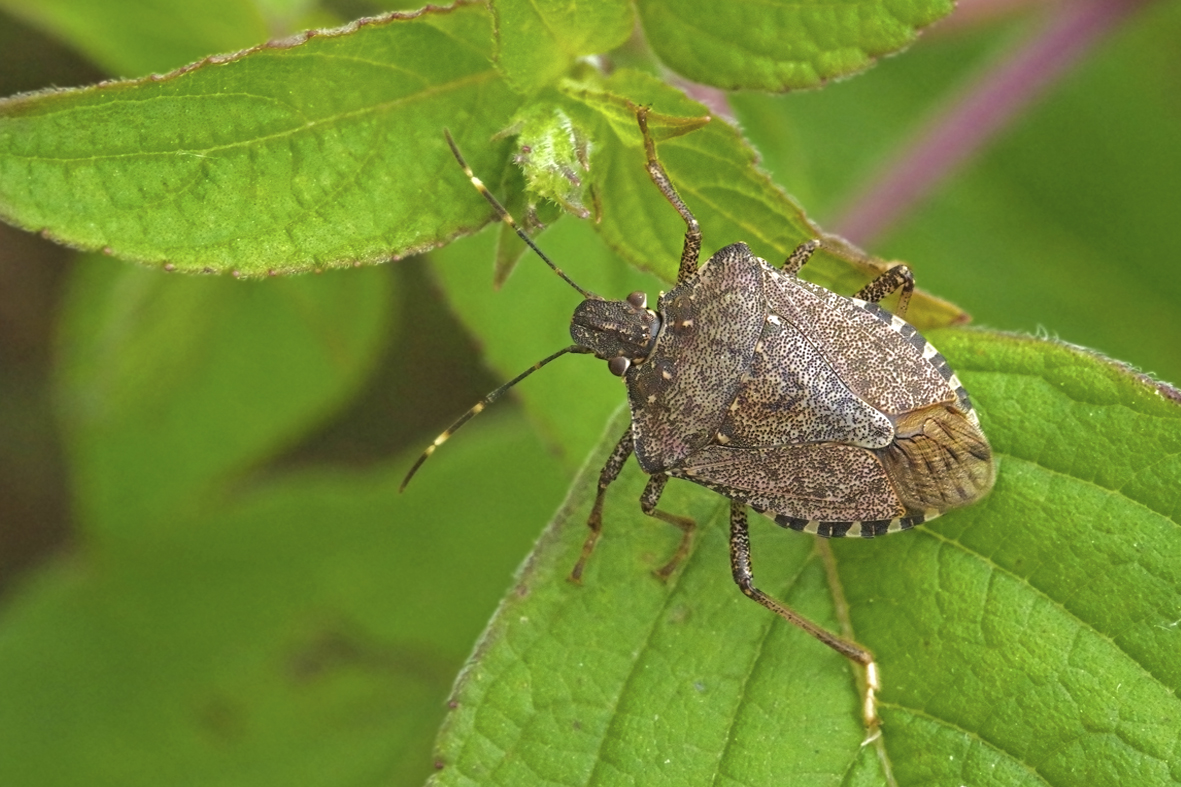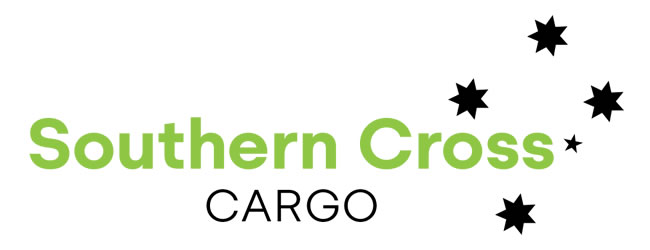2022-2023 Seasonal measures for Brown marmorated stink bug (BMSB)
16th August, 2022
The Dept. of Agriculture, Fisheries and Forestry (DAFF) has released their measures for the 2022-2023 Brown marmorated stink bug season.
The key measures for importers for the 2022-23 season are:
- The season will apply to goods shipped between 1 September 2022 and 30 April 2023. DAFF will use the Bill of Lading Shipped on Board date to determine when goods have been shipped.
- Target Risk Countries remain unchanged.
- The inclusion of China as an emerging risk country along with the UK. Shipments of goods from these countries classified with Ch 94 (Furniture, Light Fittings & Pre-fab Buildings) & Ch 95 (Toys & Sports Requisites) will be subject to random inspections.
- Target High Risk and Target Risk Goods remain unchanged.
- The Supervised Seals Intact inspection requirement has been changed to Unpack/Inspect at a Quarantine Approved premises. This requires the Quarantine officer to spend less time on site and should therefore make the process more efficient.
- The mandatory treatment of Break Bulk shipments (including flat racks and open top containers) of Target High Risk goods offshore remains.
Any Target High Risk or Target Risk goods which are manufactured in, or shipped from, the target risk countries will be subject to BMSB seasonal measures.
The countries below have been categorised as target risk.
| Albania | Andorra | Armenia | Austria | Azerbaijan | Belgium |
| Bosnia and Herzegovina | Bulgaria | Canada | Croatia | Czechia | France |
| Georgia | Germany | Greece | Hungary | Italy | Japan (Heightened vessel surveillance only) |
| Kosovo | Liechtenstein | Luxembourg | Moldova | Montenegro | Netherlands |
| North Macedonia | Poland | Portugal | Romania | Russia | Serbia |
| Slovakia | Slovenia | Spain | Switzerland | Turkey | Ukraine |
| United States of America |
The list of Target High Risk goods has not changed from 2021-22.
Goods that fall within the following tariff classifications have been categorised as target high risk goods and will require mandatory treatment for BMSB risk.
- 36 – Explosives; pyrotechnic products; matches; pyrophoric alloys; certain combustible preparations
- 44 – Wood and articles of wood; wood charcoal
- 45 – Cork and articles of cork
- 57 – Carpets and other textile floor coverings
- 68 – Articles of stone, plaster, cement, asbestos, mica or similar materials
- 69 – Ceramic products – including sub chapters I and II
- 70 – Glass and glass ware
- 72 – Iron and steel – including sub chapters I, II, III, IV
- 73 – Articles of iron or steel
- 74 – Copper and articles thereof
- 75 – Nickel and articles thereof
- 76 – Aluminium and articles thereof
- 78 – Lead and articles thereof
- 79 – Zinc and articles thereof
- 80 – Tin and articles thereof
- 81 – Other base metals; cermets; articles thereof
- 82 – Tools, implements, cutlery, spoons and forks, of base metal; parts thereof of base metal
- 83 – Miscellaneous articles of base metals
- 84 – Nuclear reactors, boilers, machinery and mechanical appliances; parts thereof
- 85 – Electrical machinery and equipment and parts thereof; sound recorders and reproducers, television image and sound recorders and reproducers, and parts and accessories of such articles
- 86 – Railway or tramway locomotives, rolling-stock and parts thereof; railway or tramway track fixtures and fittings and parts thereof; mechanical (including electro-mechanical) traffic signalling equipment of all kinds
- 87 – Vehicles other than railway or tramway rolling-stock, and parts and accessories thereof
- 88 – Aircraft, spacecraft, and parts thereof
- 89 – Ships, boats and floating structures
- 93 – Arms and ammunition; parts and accessories thereof
Target High Risk goods imported as Breakbulk (including Open Top Containers) are subject to mandatory offshore treatment by an approved treatment provider.
Target High Risk goods imported as FCL are subject to mandatory treatment either offshore or onshore by an approved treatment provider. (Offshore treatment is encouraged). If Onshore treatment is required the container must be packed in a way that allows the fumigation to be effective. ie. It must not be too tightly packed or wrapped with impervious materials. If the fumigator advises treatment will not be effective the container will be directed to be unpacked and treated at a premise approved by Quarantine for this purpose. As there are a very limited number of these approved premises, we would expect significant delays and costs associated with this process.
LCL consignments of Target High Risk goods imported as LCL are managed at the container level and are subject to mandatory treatment either offshore or onshore by an approved treatment provider.
The list of Target Risk goods has not changed from 2021-22.
Goods that fall within the following tariff classifications have been categorised as Target Risk goods and will not require mandatory treatment. Target Risk goods will however be subject to increased onshore intervention through random inspection.
- 25 – Salt; sulphur; earths and stone; plastering materials, lime and cement
- 26 – Ores, slag and ash
- 27 – Mineral fuels, mineral oils and products of their distillation; bituminous substances; mineral waxes
- 28 – Inorganic chemicals; organic or inorganic compounds of precious metals, of rare-earth metals, of radioactive elements or of isotopes – including sub chapters I, II, III, IV and V
- 29 – Organic chemicals – including sub chapters I, II, III, IV, V, VI, VII, VIII, IX, X, XII and XIII
- 31 – Fertilisers
- 38 – Miscellaneous chemical products
- 39 – Plastics and articles thereof – including sub chapters I and II
- 40 – Rubber and articles thereof
- 46 – Manufactures of straw, of esparto or of other plaiting materials; basket ware and wickerwork
- 47 – Pulp of wood or of other fibrous cellulosic material; recovered (waste and scrap) paper or paperboard
- 48 – Paper and paperboard; articles of paper pulp, of paper or of paperboard
- 49 – Printed books, newspapers, pictures and other products of the printing industry; manuscripts, typescripts and plans
- 56 – Wadding, felt and nonwovens; special yarns; twine, cordage, ropes and cables and articles thereof
For all other goods that are not categorised as Target High Risk and Target Risk goods, BMSB seasonal measures do not apply.
Our experience over the past few BMSB seasons, is that it is the little things that get overlooked and end up incurring a lot of unnecessary wasted time and cost for importers and potential fumigation damage to other items included in the shipment. Things added into your shipments such as hand tools, razor blades, nail files and buffers, nuts & bolts, lamp bulbs, glassware and crockery, metal fittings just to name a few.
If you have any concerns, we strongly recommend that you send our customs department a copy of your purchase order BEFORE you send it to your supplier so that they can advise you of any potential issues. It could mean a small part of the order coming by air to save you time and money on the whole order being treated.
Please do not hesitate to contact your SCC team should you need any other clarification of the measures proposed for the 2022-2023 BMSB season.

